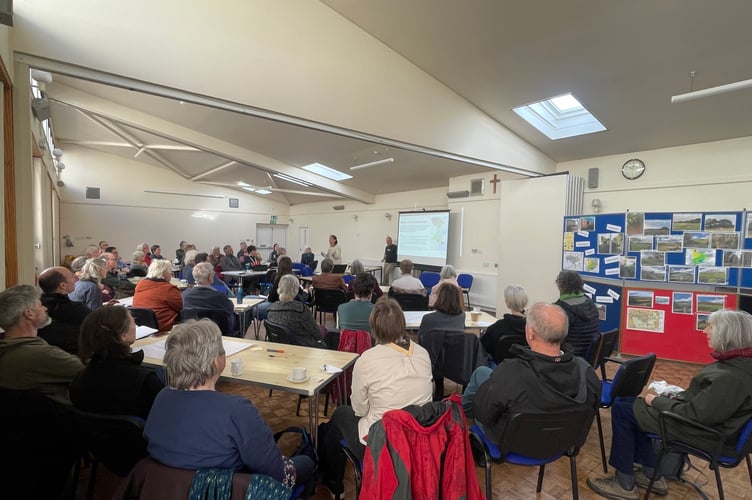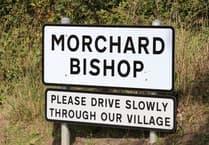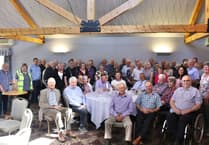EARLIER this year Sustainable Action held, in conjunction with Crediton Town Council, a well attended Community Conversation about Land Use.
The event was presented by the Food and Farming Countryside Commission which created a national Land Use Framework which has been tested in several areas, one of these being Crediton.
At the end of the Community Conversation attendees were asked for their thoughts on what they had heard and what they wanted to see in the local community.
The community’s outcomes also tie in with the findings of the recently published Devon Housing Commission report (July 2024), The State of Natural Capital report (October 2024) and the Labour Government’s Housing targets - including the Government’s emphasis on the need for social housing.
The effective use of land should be multi-functional in its approach and should encompass many factors - none of us, I’m sure, want to see more sterile executive housing estates built on the outskirts of towns without effective active transport links, which continue to use gas boilers, inadequate insulation, do not incorporate modern green technologies while also removing existing natural habitats and carbon sinks to be replaced by token plantings of tiny saplings.
When a parcel of land is identified it should be looked at in a holistic fashion to see if it can encompass all of the following (however this list is not exhaustive): sustainable and relevant housing, food production, training, energy production and use, active transport, health and wellbeing, and last, but no means least, biodiversity gain and nature conservation.
There should be a mix of housing: social housing, affordable (rental and part ownership), freehold. Mix of different property types - one level living, one bedroom to more bedrooms, terraced, semi detached, detached. Differing clients: young families, care leavers, key workers, ex-military and ex-offenders, older people, those with disabilities, a traveller’s site constructed with that community’s input.
Sustainable housing - high levels of insulation (preferably to Passivhaus Standard), communal heat pump and heating, solar panels, rainwater collection and usage, permeable driveways, EV points, houses which are easy to live in, cheaper to run, take into account the climate and biodiversity crises and in green and pleasant liveable surroundings. In fact, you might say, homes for the future not the past.
Biodiversity and nature conservation: The site should encompass and use existing green corridors (hedgerows and trees). It should have more hedges and trees planted, green spaces and ponds (part of the drainage systems SUDS) created. Trees could also be part of the shading of buildings to prevent overheating in the summer months. A quote from the State of Natural Capital report “Nature is the national wealth service”.
Active Transport: Any housing development should be easily connected to the town, bus routes and train via footpaths and cycle ways (perhaps using existing green ways and incorporating LCWIP). The public transport links should be reachable without car usage.
Energy production: Communal and local energy generation such as solar panels on roofs of garage complexes, heat pumps which provide heat for a cluster of houses, wind generation etc.
Food production: Good farmland should be reserved for growing food for human consumption. Also within housing developments there should be opportunities for people to grow their own food.
Training opportunities: land based training could be incorporated. This could be within a country park for leisure use.
Health and Wellbeing - a secure and safe home is fundamental to health and wellbeing. Too many are homeless and many of those in rental properties have no security of tenure - more social homes are needed. Houses built to a high standard in green networks and with easy access to nature and the town and its amenities and transport links are fundamental and will help mitigate the ever growing number of mental health issues our society is encountering. A variety of recreational and training facilities are needed within easy reach to increase access to outdoor areas which is well known to help physical, mental and emotional health.
These items when put together holistically will undoubtedly increase the sense of community within the locality which is crucial when building the resilience needed for the future.
This article is an edited version of a letter that has been sent to Mid Devon District councillors and personnel, Devon County Council, Mel Stride MP and government ministers - requesting discussions on how these points can be effectively taken forward so that the community’s wishes are met.





Comments
This article has no comments yet. Be the first to leave a comment.